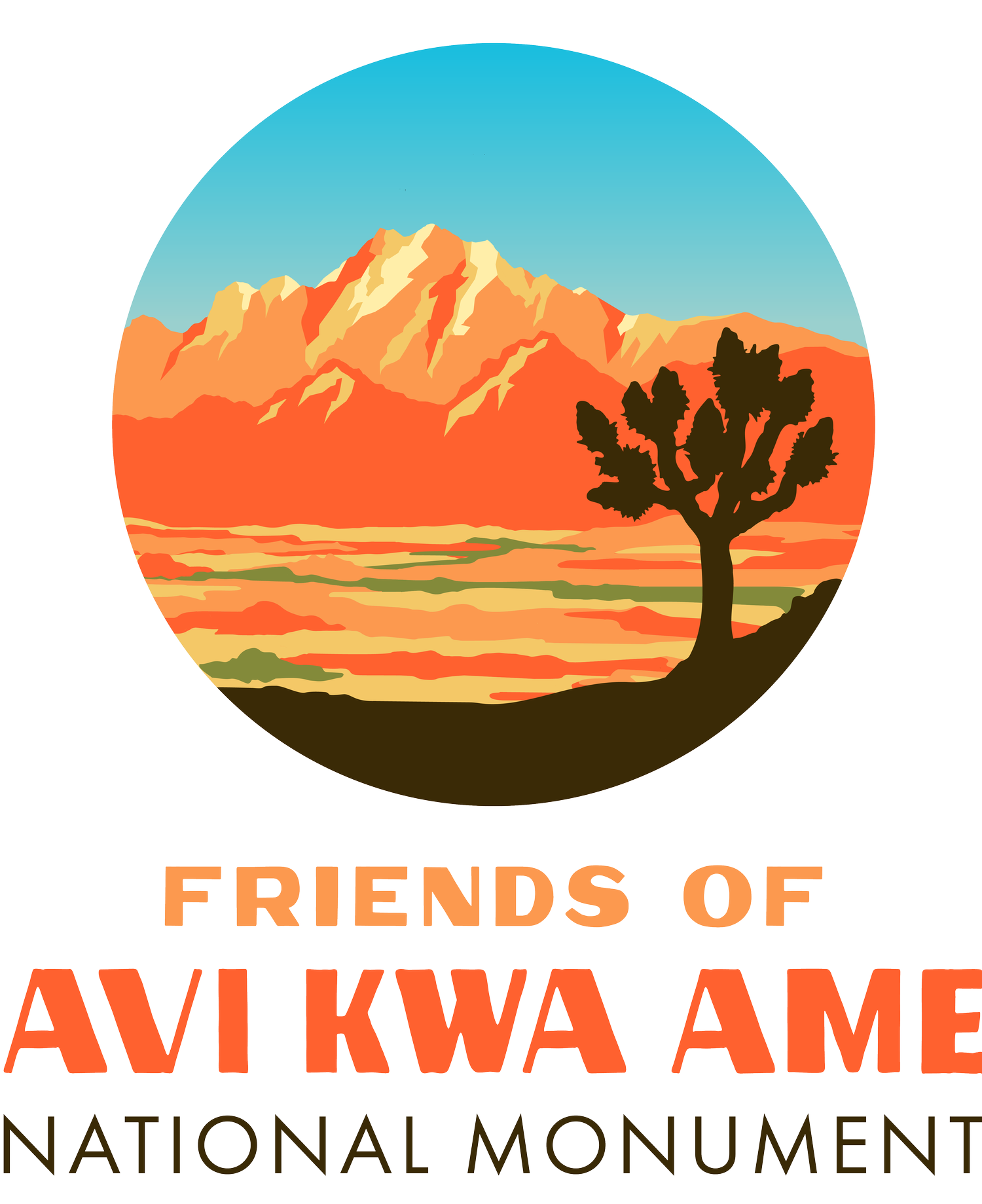ASTRONOMY: Exploring the Milky Way
Francisco Silva, Las Vegas Astronomical Society
Photograph by Justin McAffee.
Avi Kwa Ame National Monument is an excellent place to view the stars and planets of the dark night sky away from the glow of the city lights. On clear, moonless nights, our home galaxy, the Milky Way, is on spectacular display. The Milky Way is a majestic spiral of stars that houses our solar system. Everything we see with the naked eye in the night sky is part of this galaxy. The Milky Way has captivated and intrigued people around the world for millennia, and its impressive presence as a sparkling band of light across the night sky has inspired countless myths, legends and spiritual beliefs.
Various cultures, including the Chinese, Greeks, Zulu, Hopi, Navajo, and Mojave, have interpreted the Milky Way in their own way. In one Chinese story, it is known as the "Silver River" and associated with the romantic legend of the Cowherd and the Weaver. The cowherd and the weaver are separated by the Silver River and are only allowed to meet once a year, on the seventh day of the seventh lunar month, during the Qixi Festival. In Greek mythology, the Milky Way was the product of milk spilt by Hera, queen of Olympus, while she was breastfeeding the mortal Hercules. This celestial milk gave rise to the galaxy we know today.
To the Zulu people of South Africa, the Milky Way is known as "inkanyezi", which means "stars". They believe that it is a path that spirits take to travel to the afterlife. The appearance of the Milky Way in the night sky is considered a sign of the presence of ancestral spirits watching over the living. In Hopi mythology, the Milky Way is the backbone of Mother Earth, and a symbol of the deep connection between the Earth and its inhabitants. In Navajo stories, the Milky Way was the path full of challenges and trials, traveled by the First Man and the First Woman in their search for the Promised Land that finally brought them home.
According to Mojave elder Paul Jackson Jr., the night sky has always been a place of deep spiritual connection and ancestral wisdom to the Mojave people. The stars told the time and the directions to travel at night. The Milky Way represents an immense school of salmon traveling up river to where they were born in order to reproduce, and the Big Dipper is the fisherman throwing a large net into the water to catch the fish.
By observing the Milky Way in the night sky, we all connect with our past, present and future. It is a reminder of our place in the universe, a space for reflection and deep inspiration. Regaining the ability to see the Milky Way is a crucial step in preserving our connection to the cosmos and the cultural heritage that defines us.
Unfortunately, increasing light pollution threatens our ability to see the Milky Way. As urban areas continue to grow and artificial lighting becomes more prevalent, the problem of light pollution has increased. Light pollution occurs when artificial light from urban and industrial areas illuminates the night sky, obscuring the stars, and depriving us of this natural spectacle.If we want to guarantee that future generations can enjoy its beauty, light pollution must be reduced. We can use nighttime lighting responsibly by installing lights with tops that help cast the light downward, and by limiting the amount of lights we use in the evening hours. By modifying the lighting on our own properties and in our larger communities, we can ensure that others can experience the night sky’s wonders in the years to come.

